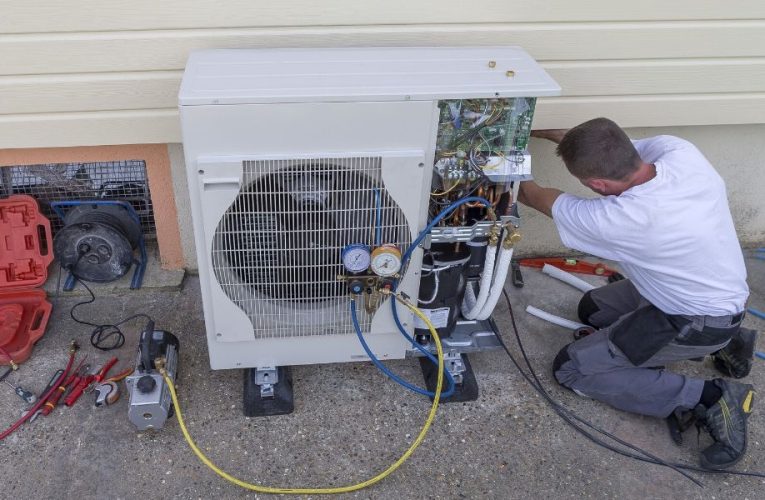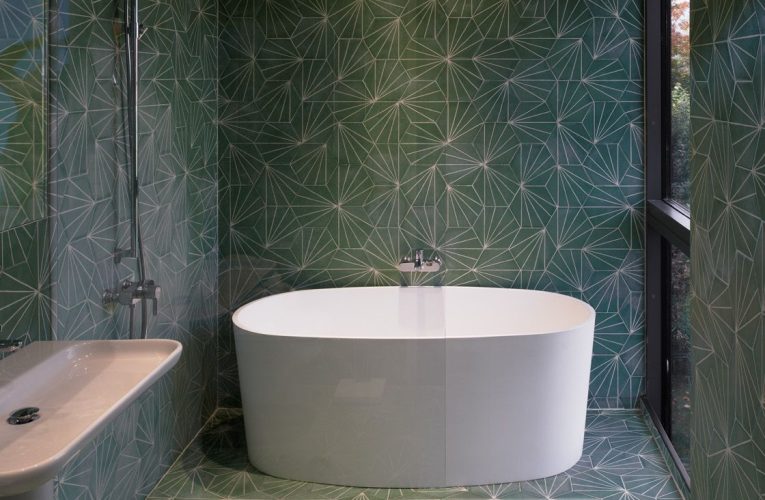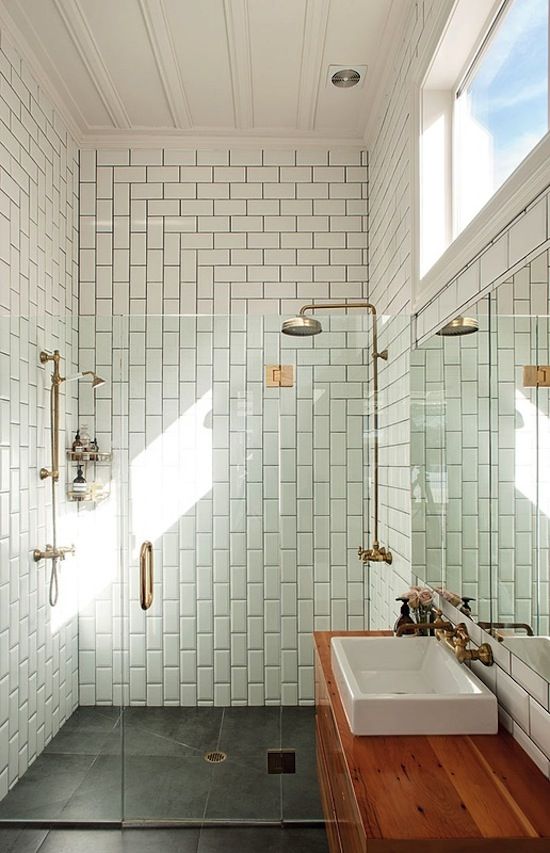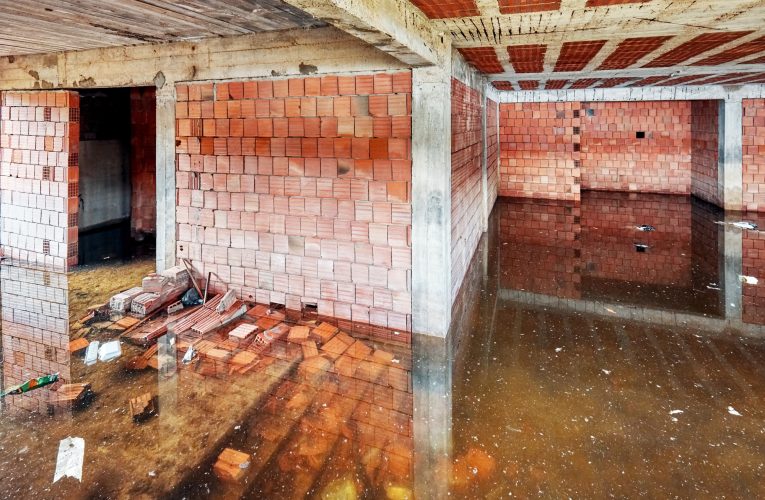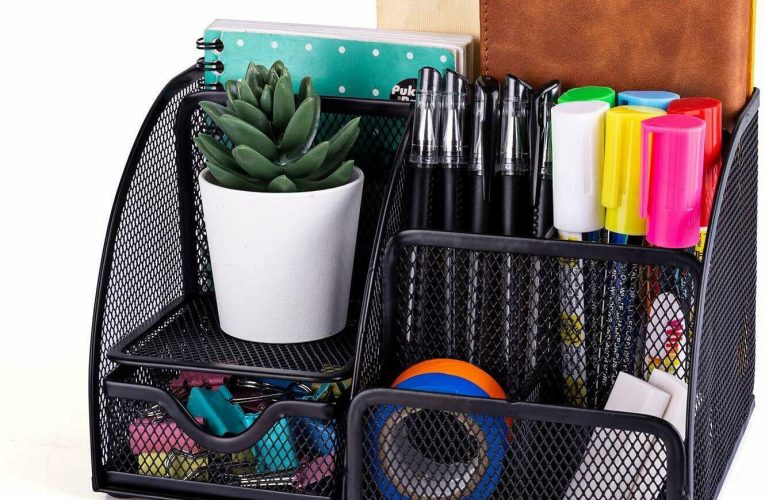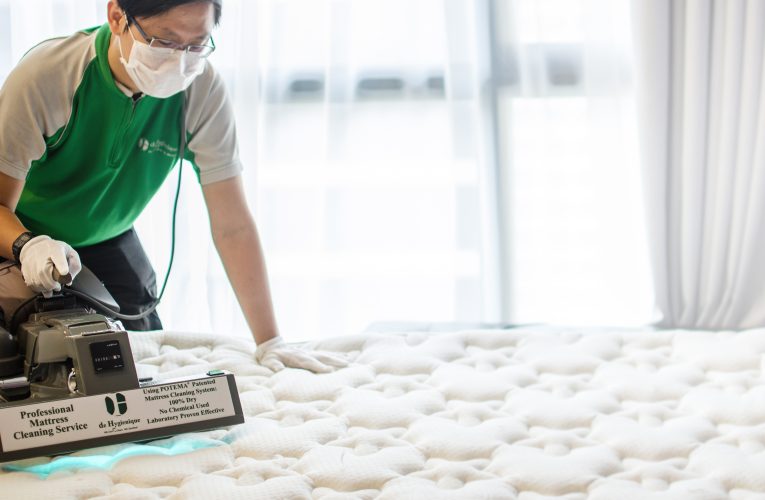How A Person Can Get Good Results From The Heat Pumps?
Heat pumps can be used for both heating and cooling. They are used in many homes during winter months or when the outdoor temperatures drop below freezing. Heat pumps are very efficient, but you do need to pay attention to how they work.
When your home has an air conditioner, it uses either electricity or gas to run the compressor that blows cold, dry air into the house. This process is called a reverse cycle AC (RCAC). The heat pump uses refrigerant to circulate through pipes that connect inside your home to outside the house. As this happens, the heat pump absorbs heat from the outside and transfers it into the house. In other words, it’s like a big heater with a fan.
The heat pump will also use some of the heat it gets from the outside to warm up the water in your hot water tank. This is important because without this warming up, you would have cold water coming out of the faucet. If you don’t have a hot water tank, then the heat pump is going to warm up tap water. That said, there are some energy costs associated with running a heat pump – so if you’re not using it often, it might make sense to turn it off when you aren’t home.

If you have a heat pump that runs continuously, it will use more electricity than one that only runs when you want to cool down your home. It depends on the size of the heat pump and how much insulation your home has. A small, medium, or large heat pump would likely cost around $1,000, $2,500, and $3,000 respectively, according to EnergySage.com. You should look at the price of the heat pump, as well as the price of electricity, to determine whether it’s worth it to keep the heat pump running all the time.
In addition, a heat pump will save you money on your utility bill. According to the U.S. Department of Energy, a heat pump uses approximately $0.11 per kWh, whereas a standard AC unit uses about $0.22 per kWh. However, a heat pump will still use electricity even when it isn’t operating. So, that means that the energy savings aren’t quite as significant.
According to the American Council for an Energy-Efficient Economy (ACEEE), some of the best ways to save energy include turning down the temperature setting and leaving your doors and windows open. Turning the heat down by 2 degrees Fahrenheit will reduce your annual energy bill by 10 percent, according to ACEEE. Leaving your doors and windows open can help lower your monthly energy bills by about 8 percent. Also, try to replace older appliances with newer models. These new appliances are typically more energy efficient.
Also, consider replacing old furnaces with newer ones. Older furnace models tend to be less efficient and may take longer to heat your home.
Another way to lower your energy consumption is by adding insulation to your attic, which helps keep the heat in your home. Insulation can cost anywhere between $200 and $400, depending on where you live in the country.
There are several other things you can do to lower your energy usage. One example is having a programmable thermostat. Programmable thermostats allow you to control when you want your heat to come on and go off. With this kind of thermostats, you can set them to heat your home when you get home from work, and then turn them back off while you sleep. This reduces the amount of time that your heat is on, thereby reducing your energy bills. Another option is to buy a smart thermostat. These kinds of devices can monitor how frequently you turn your heat on and off. And, they can automatically adjust the temperature based on things such as room occupancy.

As far as keeping a heat pump on all the time, there are two main reasons why this might happen – either you forgot to turn it off, or you didn’t realize how much electricity it was costing. This is because most people don’t think about their electricity bill until it’s too late! To prevent this, it’s always best to check your bill every month to see what your current usage is. Then, if you notice that you were charging more than usual, you’ll know what to do next time you turn it on.
You can also look at the electric company’s website to find out if your energy supplier offers rebates for installing a heat pump. Many companies offer rebates on the installation of heat pumps, especially if they are new heat pumps. There are also government programs available. For instance, in 2020, the federal government offered $7,500 to those who purchased a heat pump in the last year.
There is a variety in the cost that a person has to pay in soojuspumba paigaldus. If the person will have the complete detail ten reaching the goals will be easy. A person should do the complete research and choose the option that will prove to be a good one. The main motive of the people is to reach their goals in an effective manner.
So, to answer the question, “is it better to keep a heat pump on all the time?” – the answer is yes and no. It really depends on how much electricity you use, the size of your heat pump, and how much money you have to invest in improving your home’s energy efficiency.


